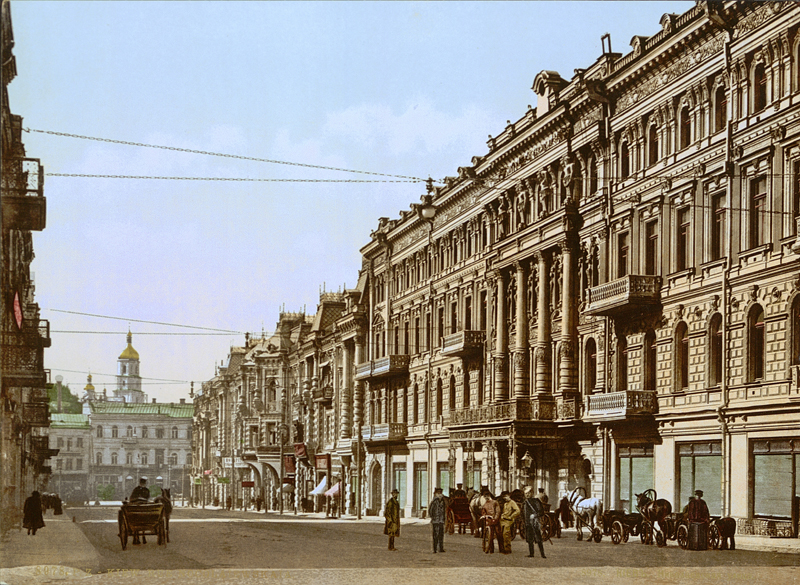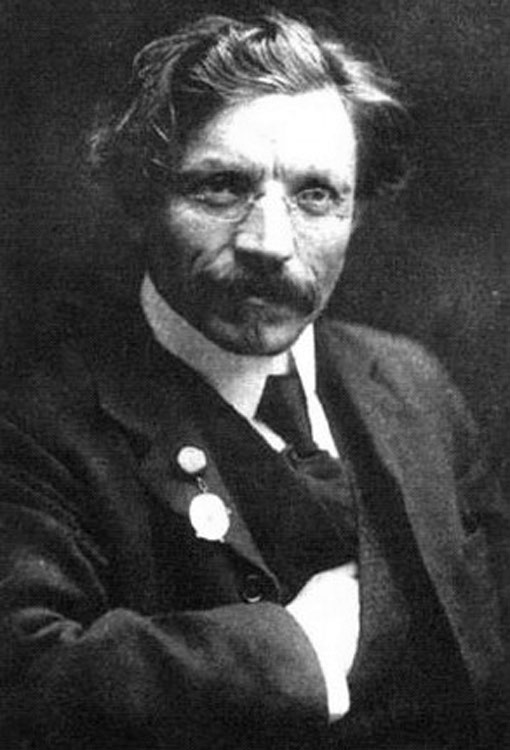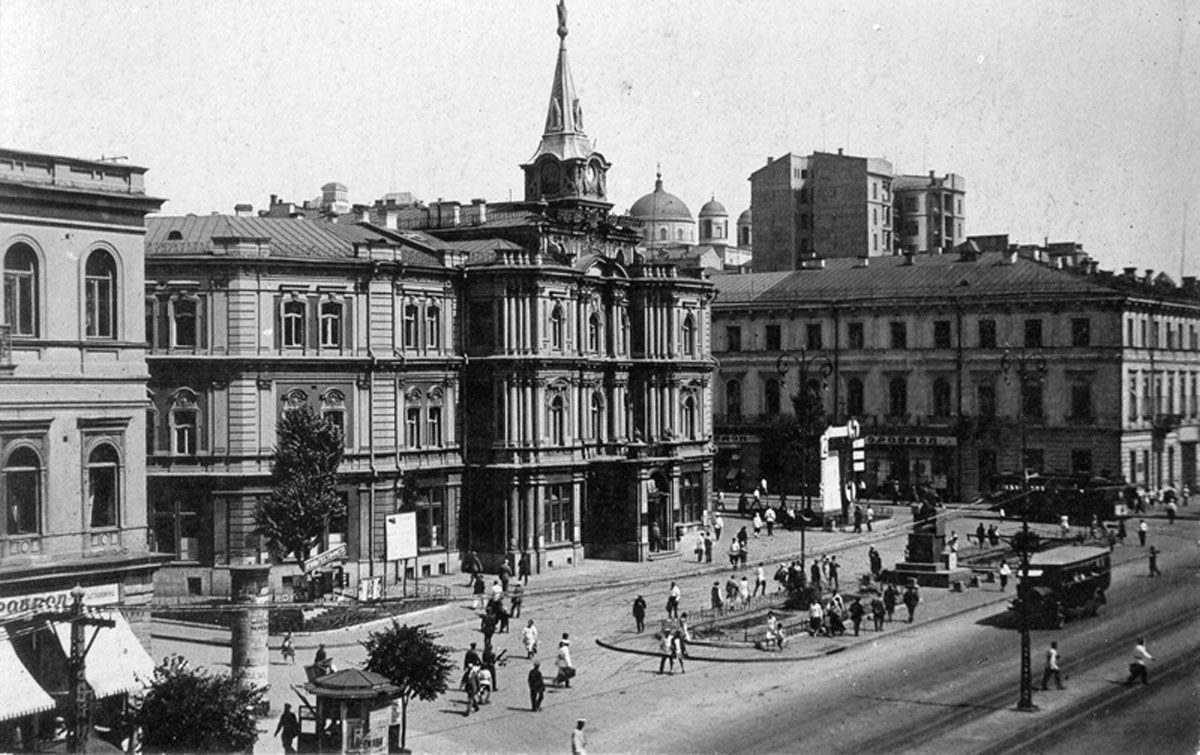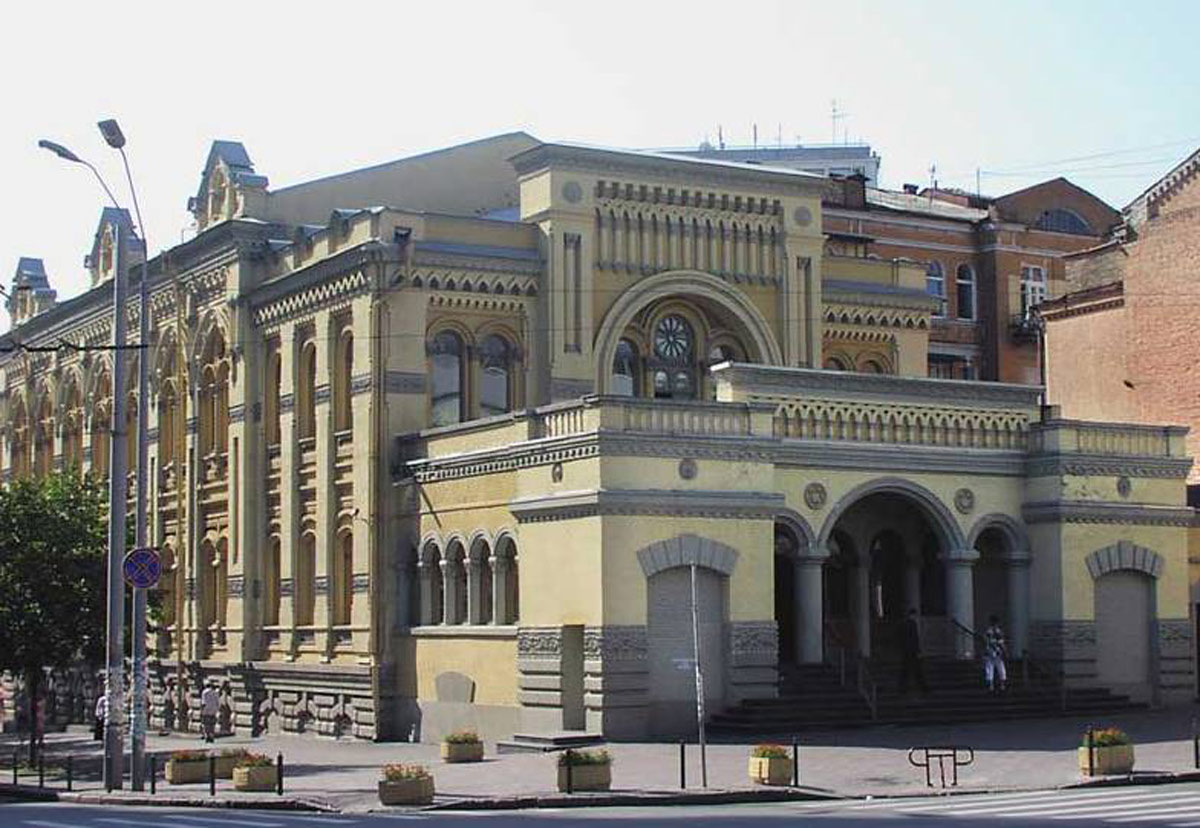9th century
First known written evidence of the Jewish presence in Kiev.
1362 – 1503
1362 – Kiev is conquered by the Grand Duchy of Lithuania. 1495 – Jews are exiled from Kiev as well as from all Lithuania.
1503 – the decree of exile is revoked by Alexander Jagiellon; revival of the Jewish community.
1654
Kiev becomes a part of the Tsardom of Muscovy; Jews are not allowed to settle in the city.
1793
Jews are allowed to settle in the city again. In early 19th century, about 700 Jews live in Kiev.
1835
At the request of local Christian merchants, Jews are exiled from the city, but less than ten years later they begin to return to the city.
1862
According to the Jewish Encyclopedia, by this year the Jewish community of Kiev already has several prayer houses, its own free hospital, charity and educational institutions.
1881
Following the assassination of Tsar Alexander II and unrest in Ukraine, there is a pogrom in Kiev: several Jews are murdered, over a thousand Jewish houses and shops are ransacked.
Second half of the 19th century
The Jewish population of Kiev grows quickly; in 1897, about 32,000 Jews live here, which makes up 12.83% of the city’s population.
Late 19th – early 20th centuries
Kiev becomes an important center of Jewish education, culture and political activity (Zionist and Socialist) in the Russian Empire. Prominent Jewish merchants and industrialists, such as the Brodskys and the Polyakovs, contribute to the development of the economic life of the city.
1915
Russian authorities allow the Jewish refugees and deportees from the western regions of the Russian Empire, engulfed in World War I, to settle in Kiev. The Jewish population of the city grows fast, and in 1917 reaches 87,240 – 19% of the population.
1918 – 1920
During the civil war, Kiev goes through a series of Jewish pogroms. Despite this, the Jewish population of the city increases thanks to the abolition of anti-Jewish laws after the February and the October revolutions of 1917 and the mass migration to Kiev of the Jews trying to flee pogroms in other towns and villages. In 1919, the Jewish population of Kiev reaches 114,524 – 21% of the overall population.
10 March 1919
Declaration of the Ukrainian Soviet Socialist Republic. Beginning of the process of emancipation of the Jews and destruction of community institutions and traditional Jewish life.
24 June 1934
By decision of the Ukrainian Council of People’s Commissars, the capital of the Ukrainian SSR is transferred from Kharkov to Kiev.
1920s – 1930s
Kiev experiences a golden age of Soviet Yiddish culture. Soviet Jewish literature is represented by such authors as P. Markish, D. Bergelson, D. Gofshtein, and many others.
In the city are a network of Jewish schools, Jewish departments in higher education institutions, the Institute of Jewish Culture at the Ukrainian Academy of Sciences, a Jewish theater; many books and periodicals in Yiddish are published.
In 1939 the Jewish population of Kiev numbers 224,236 – 26.48% of the city’s population.
Middle – late 1930s
Following a wave of the Great Terror, many Jews, among others, are repressed – intelligentsia, officials from government institutions, military men.
1937 – 1939
Changes in the domestic policy of the Soviet authorities cause almost complete liquidation of Yiddish education and culture.
1941
On the eve of the war, around 230,000 Jews live in Kiev. At the time of the German conquest on September 19, some 60 to 70 thousand still remain in the city, following the draft to the front, evacuation, and the flight of some of the Jews.












